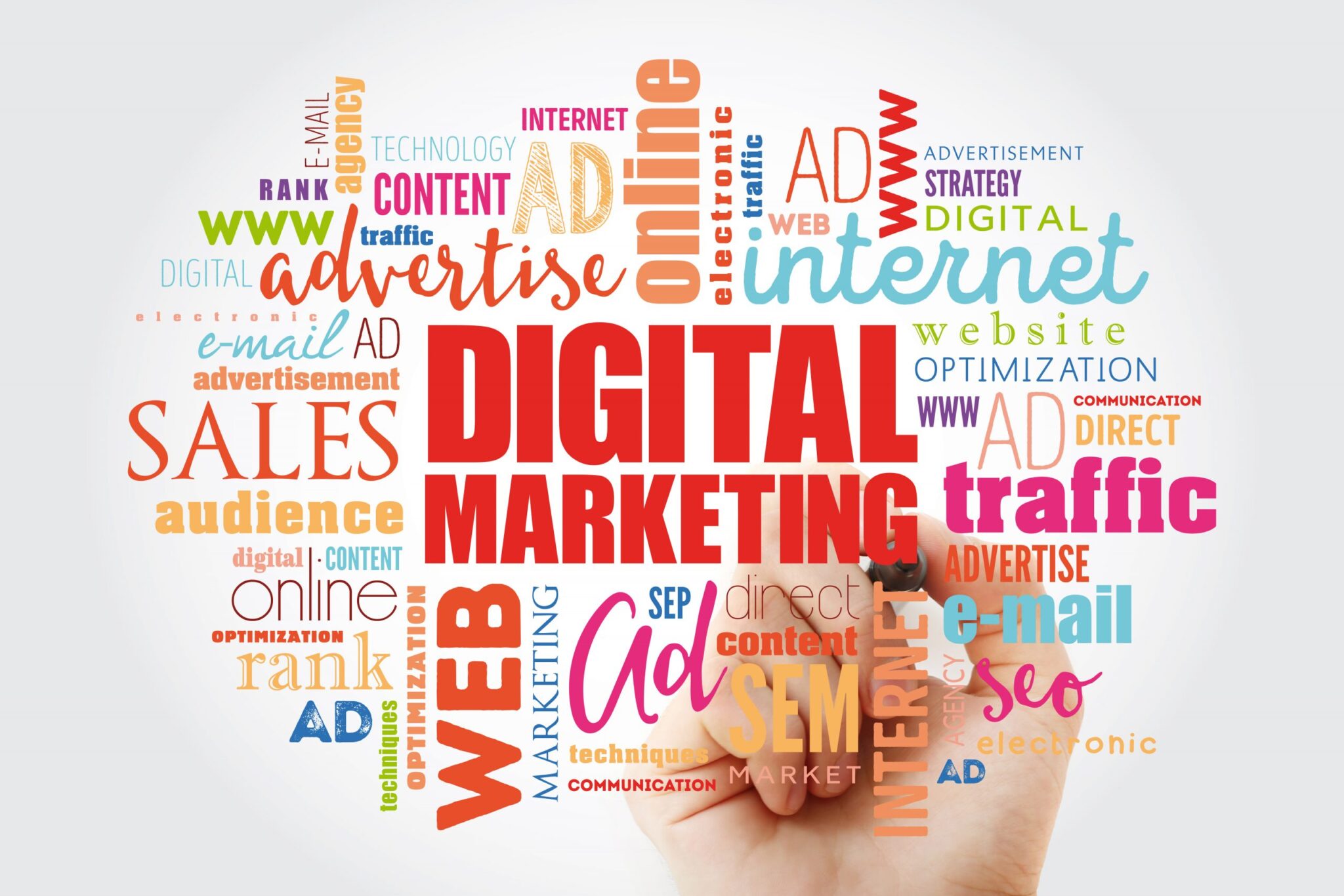
A digital marketing strategy outlines a roadmap for leveraging online platforms to build a web presence and meet distinct marketing goals. This encompasses channels like organic search, social media, paid advertising, and your own website. The primary aim is to enhance your business’s profile and draw in prospective customers.
Steps you should follow when developing a marketing strategy
- Build your buyer personas
In developing any marketing approach, understanding your audience is crucial. The most effective digital marketing strategies are founded on well-defined buyer personas, and establishing these is the initial step.
Buyer personas are depictions of your perfect customers, formed through research, surveys, and interviews with the demographic your business aims to serve.
- Quantitative and Demographic Information
It can be Location, Age, Income and even job title
- Qualitative and Psychographic Information
We need to collect an information about customers Goals, Challenges, Interests and Priorities
2. Identify your goals and the digital marketing tools you’ll need.
Your marketing objectives should align with your business’s core aims. For instance, if the primary goal of your business is to boost online earnings by 20%, then the marketing department should aim to produce 50% more leads through the website compared to last year, aiding in the achievement of this target.
3. Evaluate your existing digital channels and assets
When assessing your current digital marketing channels and assets for your strategy, start with an overview to avoid feeling swamped or puzzled. Compile and classify your resources in a spreadsheet to gain a comprehensive view of your owned, earned, and paid media.
4. Audit and plan your owned media campaigns.
Central to digital marketing is the concept of owned media, which predominantly manifests as various forms of content. Essentially, any communication from your brand, be it an ‘About Us’ page, product details, blog entries, ebooks, infographics, podcasts, or social media updates, falls under content. This content is instrumental in transforming site visitors into leads and customers, thereby enhancing your brand’s digital footprint. Moreover, when this content is optimized for search engines (SEO), it can significantly increase your search rankings and organic traffic. No matter the objective of your digital marketing strategy, incorporating owned content is key. Begin by determining which type of content will best help you achieve your marketing objectives.
